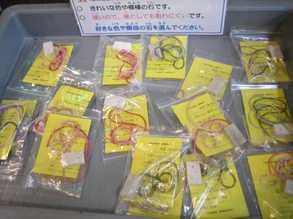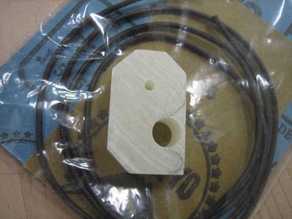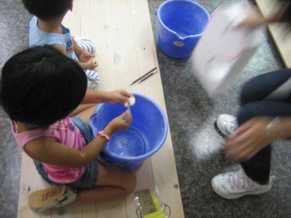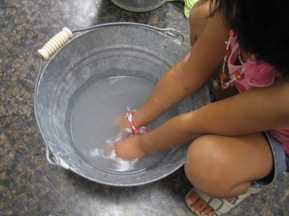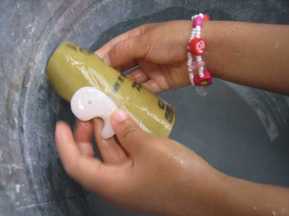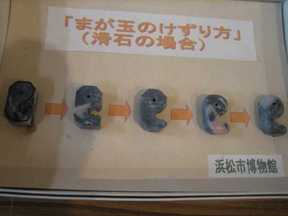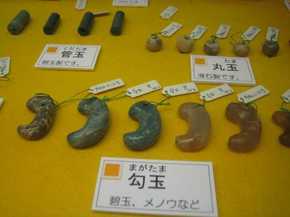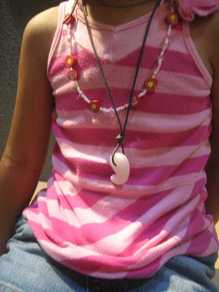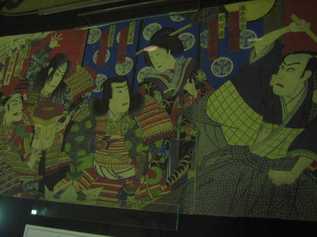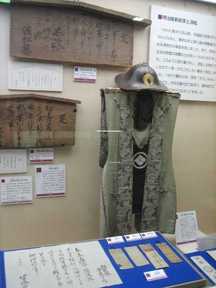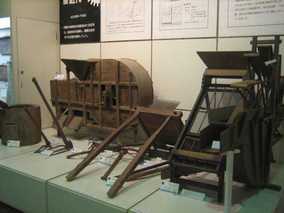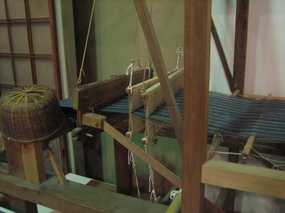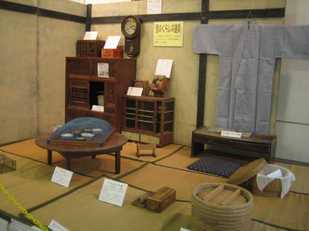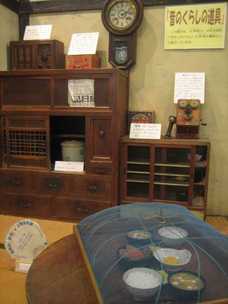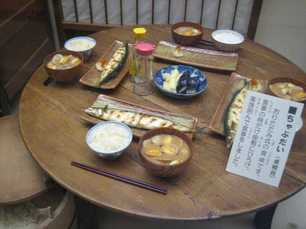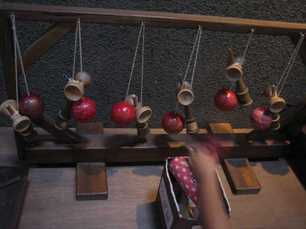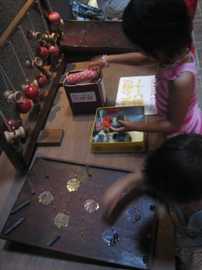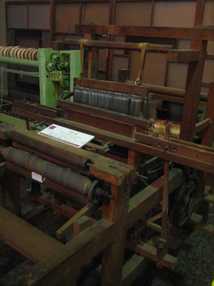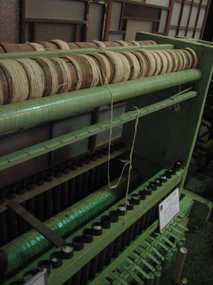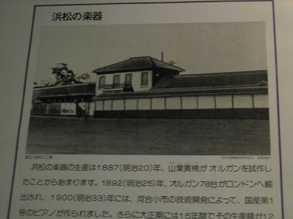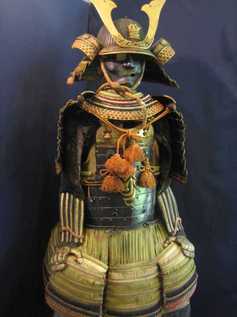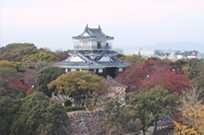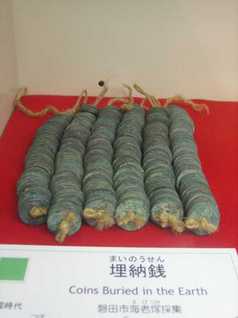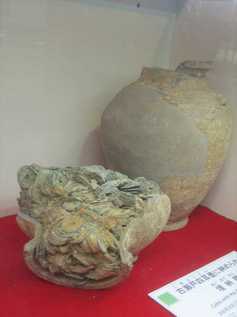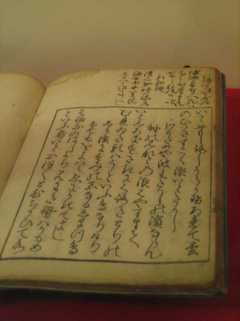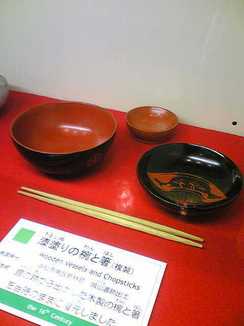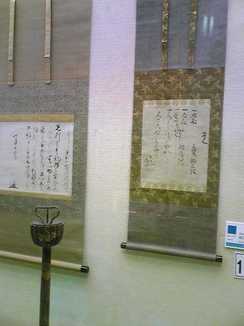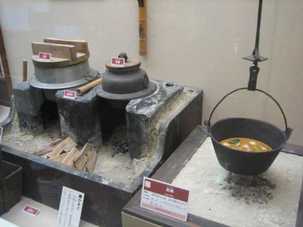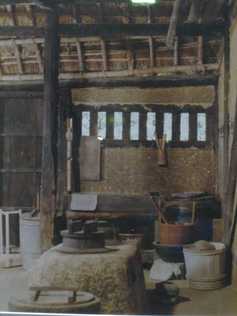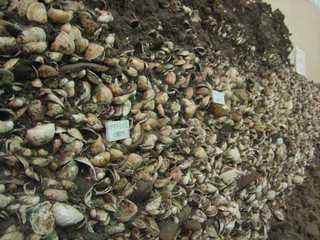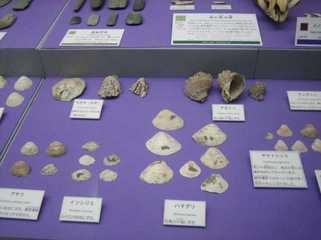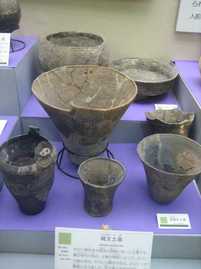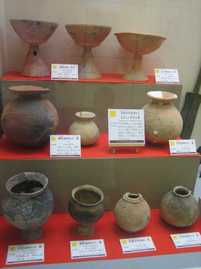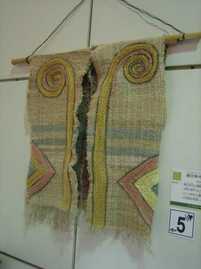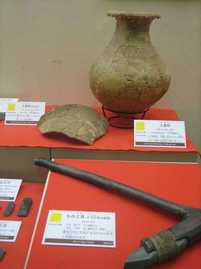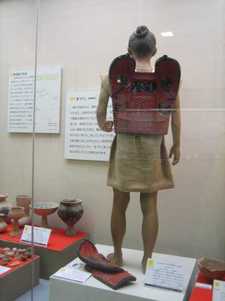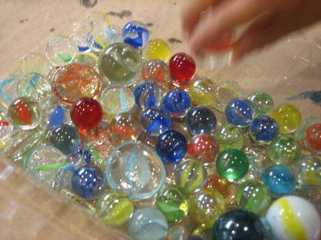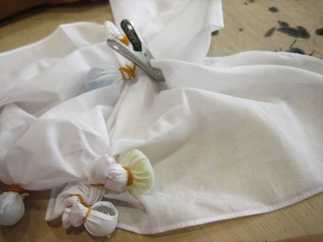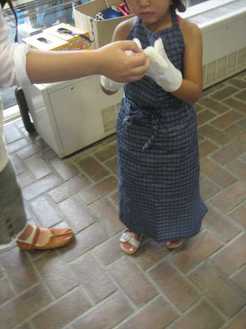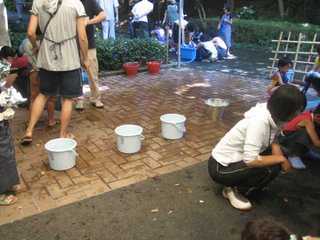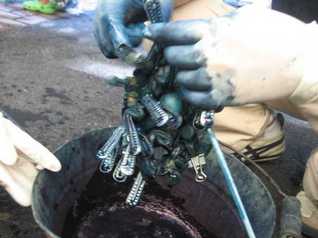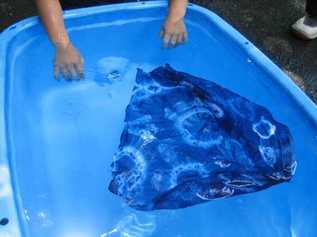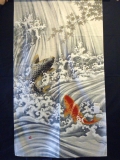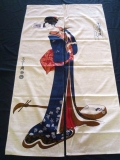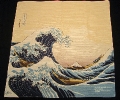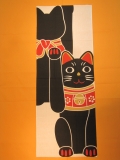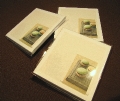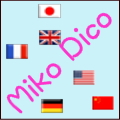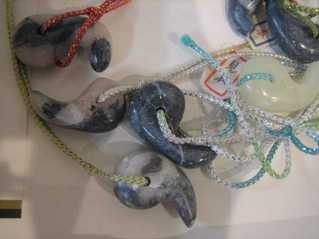 This is the comma-shaped bead that shaved stone.
This is the comma-shaped bead that shaved stone.
It is use for accessory at the Jomon period (JOMON JIDAI), it is like top part of pendant of jewel now![]() .
.
People made a round hole (ANA) and then made the necklace (KUBIKAZARI) and the teardrop (MIMIKAZARI) through the string.
As Japanese people, they mostly learn at the time of the history and it knows that it is mostly excavated from ruins which were built from 1300 years to 3000 years ago![]() .
.
As a conclusion of (SHIMEKUKURI TO SHITE) these history series of the blog,
I would like to introduce that we tried to make a comma-shaped bead at the museum![]()
![]() .
.
The clerk of the museum prepares a kit of making the comma-shaped bead.
In this connection, it is sold for 200 yen a kit.
There are a stone to be a comma-shaped bead, string and two kinds' sandpapers in the kit.
The stone is made two holes in advance (ARAKAJIME) like this.
Smaller hole is for through the string.
Shave it along the bigger hole, form the comma-shaped bead.
The stone is so soft (YAWARAKAI) that children can form it easily.
This is the first time I have known that the comma-shaped bead is made such way![]() .
.
Form by the coarser sandpaper mostly, and then smooth it with the other until to be very smooth while soaking it to the water.
See it!![]()
How smooth it is!![]()
It takes about 40 minutes to smooth like this.
It may take 20 minutes that adult do.
I took a picture, because there was a comprehensible sample.
In this connection, the stone is little harder (KATAI) than that my child selected, so it takes more time.
These are real comma-shaped bead exhibited in the museum.
It is mostly made of the agate (MENOU) or crystal (SUISHOU).
By the way, what do you imagine these shape?![]()
There is the only way that we guess...
Among the scholars, it is said that it was originally made of the tusk (KIBA) and the fang (TSUNO), so it is formed like this,
or it is the pose when the embryo (TAIJI) is in mother's stomach.
Either way, it seems that people believed it is lucky charm and it protects them from evil (MAYOKE) .![]()
It completes it through the string!
It is cute like the 「MONONOKEHIME」when child wears it.
For my daughter,
please work as a talisman to protect her from evil.![]()
